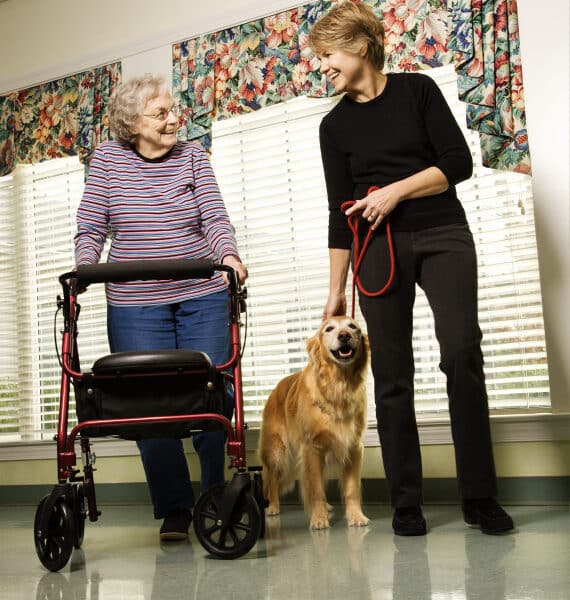Filter Posts:

How employing IPC best practices can help smaller care homes survive
March 14, 2022
It is a legacy of COVID-19 and not necessarily a positive one. As most of us finally begin to look forward, a number of family owned care homes are struggling to…
Read more

Why every action counts in social care
September 8, 2021
Abi Spence on how social care is leading the way in infection prevention and control. Keeping it up ‘Hand gel’, I say, as my children walk into the pharmacy right…
Read more

Coughs, sneezes and other nasties
March 29, 2016
How easy is it to involve service users in basic infection control? I’m on the train again, which seems to be a theme for writing these blog posts and today…
Read more

The (ANTT®) Approach
December 16, 2015
What is Aseptic Non Touch Technique (ANTT®)? Aseptic Non Touch Technique is a unique clinical practice framework developed in the 1990s and now used in many healthcare work places. It…
Read more

The Infection Control Annual Statement
June 9, 2015
The Department of Health guidelines stipulates the type of information required within the Care Home Annual Statement. Care Homes are required to produce an Infection Control Annual Statement as part…
Read more

The hidden dangers of mould – part two
May 29, 2015
Introduction In part one we reviewed mould and recommendations on how to prevent mould growth. In this part of a two part series we will review different types of mould…
Read more

The hidden dangers of mould – part one
April 24, 2015
Introduction Whilst on holiday in Ireland recently, I had booked a holiday house and found, to my horror, large areas of mould growing on the bathroom ceiling. Further investigation by…
Read more

Animals and infection control
March 12, 2015
What are zoonoses? Zoonoses are diseases that can be transmitted from animals to humans. The HSE reported that there are ‘approximately 40 potential zoonoses in the UK and approximately 300,000…
Read more

